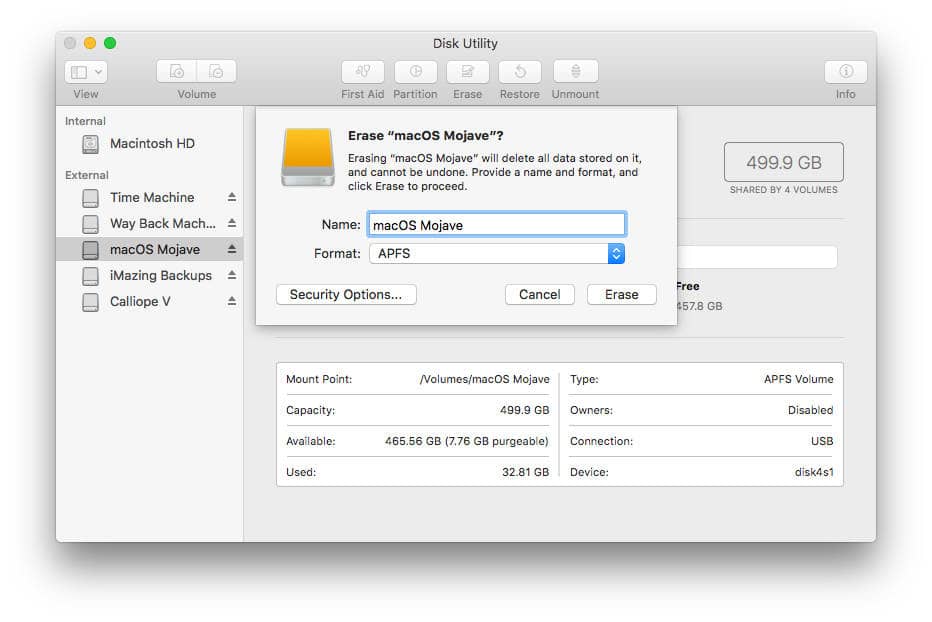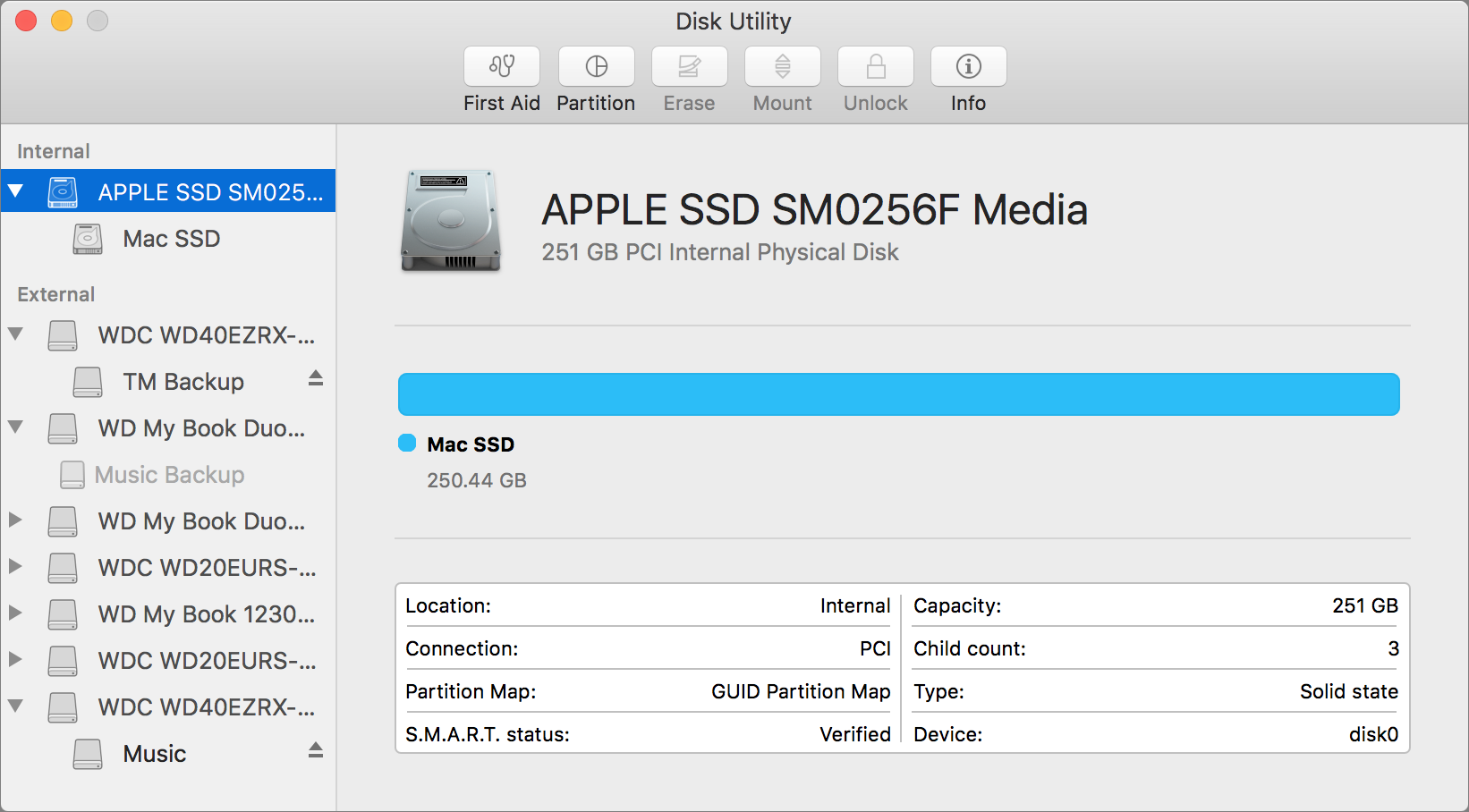

- #How to format thumb drive for mac clean install how to#
- #How to format thumb drive for mac clean install mac os#
- #How to format thumb drive for mac clean install password#
#How to format thumb drive for mac clean install mac os#
Please be reminded that if you don't delete Macintosh HD - Data, when you reinstall or downgrade macOS, another volume possibly named Macintosh HD - Data - Data will be created.ĪPFS for macOS High Sierra and later Mac OS Extended (Journaled) for macOS Sierra and earlier.Not every flash drive out there can be used with a Mac computer right out of the box. However, if you fail to reinstall macOS or that you want to resale your Mac, you need to delete Macintosh HD - Data or other internal volumes and then format Macintosh HD. If you simply want to reinstall macOS, it's not necessary to erase Macintosh HD or Macintosh HD - Data.
#How to format thumb drive for mac clean install how to#
To erase all the data on your Mac and reinstall macOS, please read: How to reset MacBook Pro/Air to factory settings? If it still doesn't work, you may need to contact Apple support for help. If you boot into macOS Recovery mode but can't see the startup disk, click Apple menu > Shut down, unplug all devices connected to your Mac and start again. Otherwise, it's grayed out in Disk Utility.

The startup drive can only be formatted in macOS Recovery mode. Why won't my Mac let me erase the hard drive? Press Command + Q to leave Recovery mode or select Reinstall macOS and click Continue to start up again with the formatted startup disk. You can also click the red cross to close Disk Utility. Tape on Disk Utility on the top-left menu bar and click Quit Disk Utility to go back to the Utilities window. Once you have finished the name and format, click Erase to erase the startup disk. You can select the file system based on your needs or keep the default file system unchanged. Mac OS Extended (Case-sensitive, Journaled, Encrypted): Choose this option for a case-sensitive system and more security. Mac OS Extended (Case-sensitive, Journaled): Select this option if you prefer case-sensitive files and folders. Mac OS Extended (Journaled, Encrypted): Use this one for better security. Mac OS Extended (Journaled): Choose this option if you don't need an encrypted or case-sensitive format. For this option, “VIDEO” and “video” are two different folders.ĪPFS (Case-sensitive, Encrypted): Use this option for higher security and case-sensitive files and folders.įor Mac computers using macOS 10.12 or earlier: Keep it ticked if you don't need an encrypted or case-sensitive format.ĪPFS (Encrypted): For extra security, you can choose this option.ĪPFS (Case-sensitive): Select this one if you are used to case-sensitive file systems. Check the following list to see file system options.įor Mac computers using macOS 10.13 or later:ĪPFS: This is the default file system. The file system options vary in different operating systems. Click the pop-up menu next to Format to select a file system. When the dialog box pops up, you can enter a name for the startup drive or keep the default name: Macintosh HD. Note: Do not delete or erase the disk image called macOS Base System that contains essential information for your Mac to run smoothly. Then select the startup drive - Macintosh HD, click Erase at the top-right menu bar. If you don't delete Macintosh HD - Data, the reinstallation will create another volume named Macintosh HD - Data - Data and you will encounter errors of different kind. If there are other internal voumes, delete them too. In that case, you need to delete Macintosh HD - Data first by clicking the delete volume button (-). On macOS Catalina and later, the Mac hard drive has two volumes, sometimes under an APFS container, which are the startup disk - Macintosh HD where operating system resides and Macintosh HD - Data where the user data is stored. The startup drive is usually named Macintosh HD or Home HD, or a custom name. All the mounted drives are listed in the left sidebar. Source: Select the startup disk in Disk UtilityĬlick View > See All Devices. Select Disk Utility from the macOS Utility window and click Continue.
#How to format thumb drive for mac clean install password#
You'll be asked to select a user you know the password for, choose the one you know and enter your password. When the Utilities window pops up, the startup is then finished.

Note that the way to boot into macOS Recovery mode on M1 Macs differs from Intel-based Macs.

To format the startup disk, you have to boot your Mac into Mac Recovery mode first because you can't format the drive when it's in use.


 0 kommentar(er)
0 kommentar(er)
